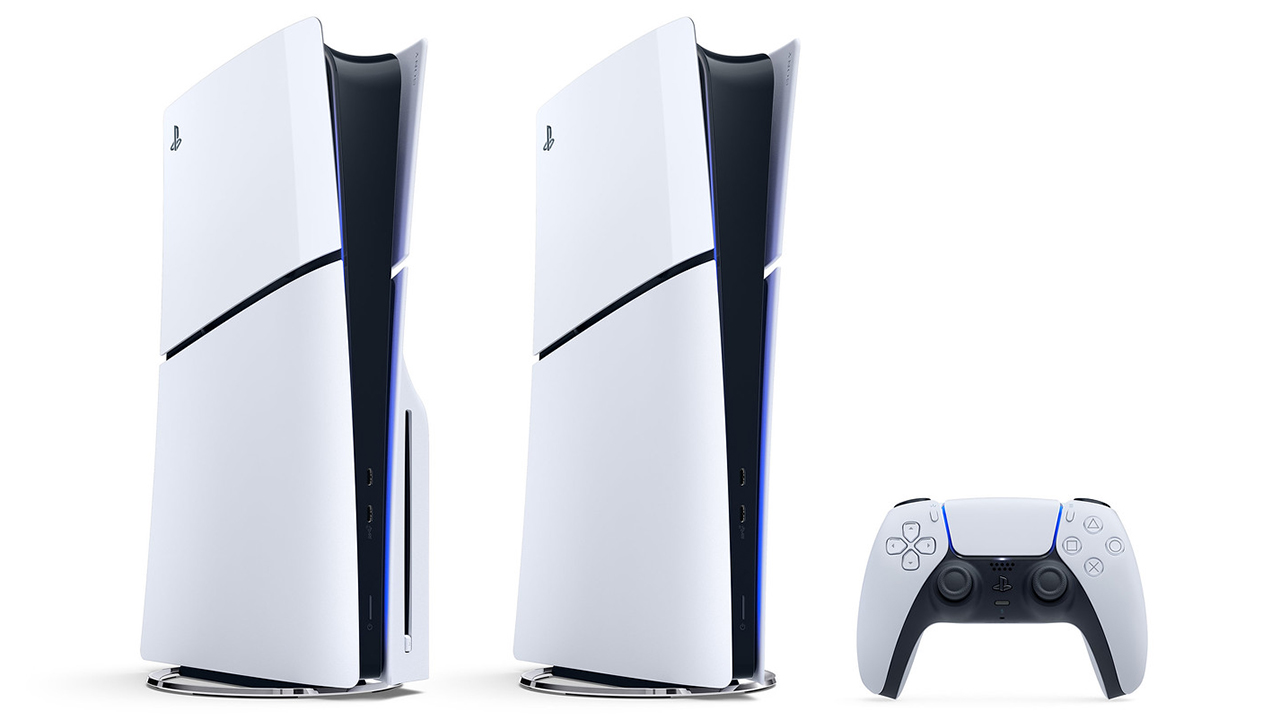Author: Multiplayer.it
Come vi abbiamo segnalato ieri, un leaker ha indicato che Sony e LEGO stanno collaborando su un qualche tipo di progetto legato a una famosa saga di PlayStation. Il primo leak non indicava in modo chiaro di cosa si parlasse, ma ora sembrerebbe proprio che si tratta di Horizon, la serie di Zero Dawn, Forbidden West e Call of the Mountain.
L’informazione proviene da Tom Henderson, un leaker noto e affidabile che da anni condivide informazioni corrette. Dopo un primo tweet dove ha scritto “un annuncio è all’orizzonte” (Horizon, in inglese), ha continuato con un secondo tweet ancora più chiaro e diretto.
Henderson ha scritto: “Non sono un grande fan delle stronzate in stile ‘io so qualcosa e tu non lo sai’ del tipico insider obbligatoriamente vago. Ma da ciò che ho sentito c’è un trailer di LEGO Horizon che è pronto per la pubblicazione. Inoltre questo suggerisce che i rumor di uno Showcase a breve sono accurati”.
LEGO, Horizon e un PlayStation Showcase tutto in un colpo
Il set del Collolungo di Horizon è di alta qualità
Le parole di Henderson sono interessanti su più livelli. Prima di tutto, corrobora i recenti rumor e ci rende un po’ più tranquilli sulla loro veridicità, in quanto Henderson è una fonte affidabile. Precisa poi in modo chiaro che si tratterebbe di un progetto LEGO e Horizon, senza però confermare esattamente di che tipo di prodotto sia.
LEGO e Sony hanno già collaborato per un set LEGO di Horizon (quello del Collolungo). Non sarebbe strano che si tratti di un nuovo set simile: tra personaggi e macchine viventi, l’immaginario di Horizon è denso di possibilità per dei set di mattoncini colorati.
Chiaramente non è impossibile (anche se forse meno probabile) che si tratti di un videogioco LEGO su Horizon. Indipendentemente da tutto, Henderson suggerisce anche che questo annuncio sia previsto per il tanto rumoreggiato PlayStation Showcase che dovrebbe avere luogo a maggio.
Ripetiamo di nuovo che si tratta solo di rumor e speculazioni, non di informazioni ufficiali, quindi per ora possiamo solo attendere che Sony dia segni di vita e confermi o smentisca quanto detto fino a questo momento.




